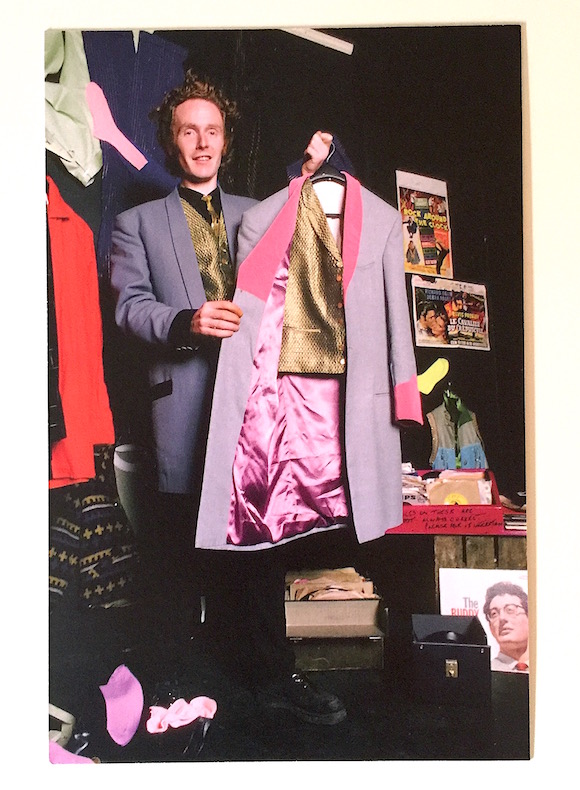
//The postcard, which measures 230 x 150mm (6 x 9in), is printed in a numbered limited edition of 150//
“Fashion seemed to be the place where music and art came together. Creating my own clothes was like jumping into the musical end of painting. The shop became a natural extension of my studio.”
Malcolm McLaren. The Look, 2001.
Featuring a rare portrait of Malcolm McLaren displaying his wares inside the recently opened Let It Rock in January 1972, this limited edition large-size postcard is a companion to my biography of the man published earlier this year.
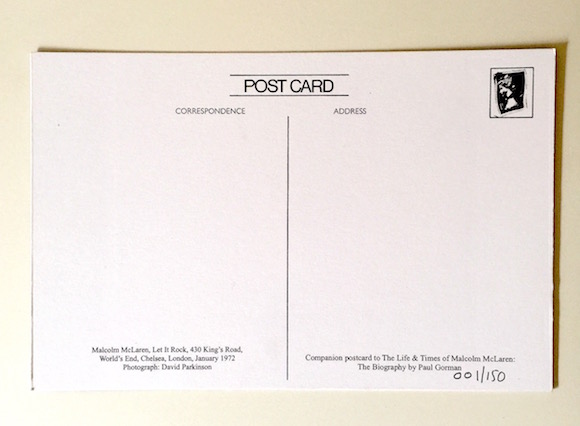
The photograph on the front of the card was taken by the late David Parkinson, who documented the refurb of the premises at 430 King’s Road carried out by McLaren and his art school friend Patrick Casey; the address had previously housed Trevor Myles’ Americana boutique Paradise Garage.
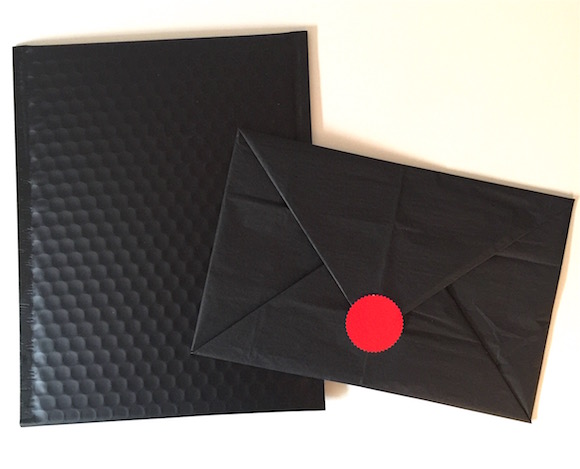
//The postcard arrives clad in black, McLaren’s favourite anti-colour. “Black expressed the denunciation of the frill,” he wrote in the introduction to my book The Look//
The card shows McLaren revealing the detail on a flamboyant drape jacket made to his design by the East End tailor Sid Green, while he is surrounded by the accessories and ephemera which constituted Let It Rock’s environmental installation. Against the black walls, Day-glo socks from Whitechapel wholesaler Kornbluth vie with Frederick Starke red rockabilly shirts, Sun Records 45s, French rocksploitation movie posters and deadstock clothing.
It makes for a beguiling image: the 25-year-old – then still legally Malcolm Edwards – is caught making the leap from art school to fashion retailing by, as he later described it, “jumping into the musical end of painting”.
Limited edition numbered postcard hand-numbered and printed 4/1 col. offset on 350gsm single sided board stock, trimmed to size.
Printing: Something Else.
Price: £12.50 each or £20 for 2. P+P: £5 UK, £10 rest of the world. All postage with tracking and/or signature.
Payment via PayPal to this address.
I’m happy to sign cards on request.

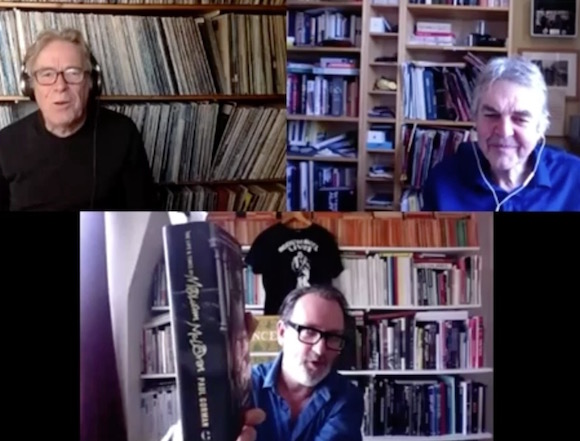
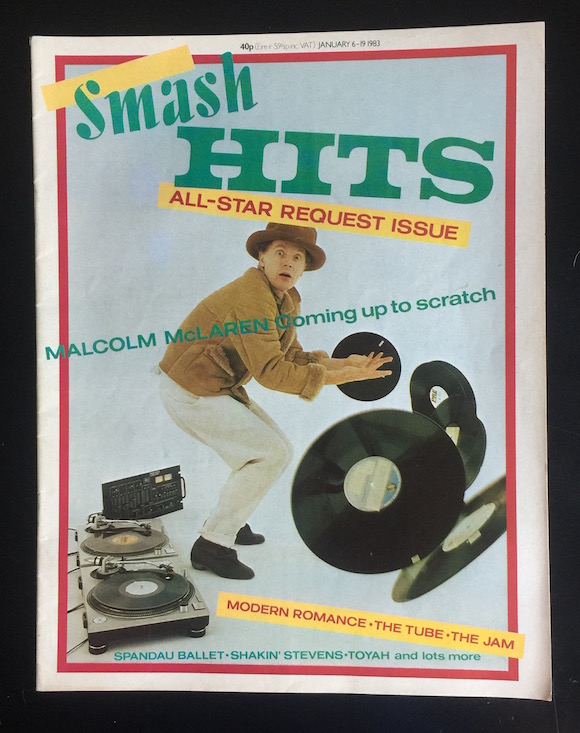
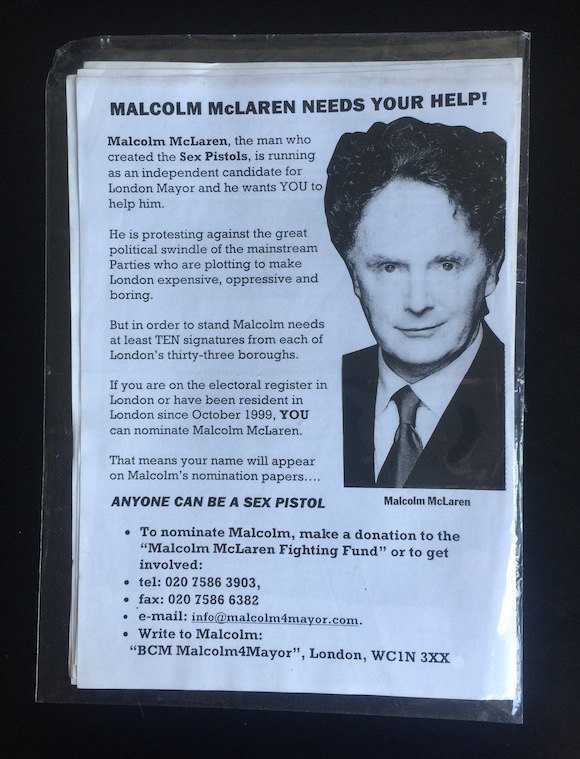
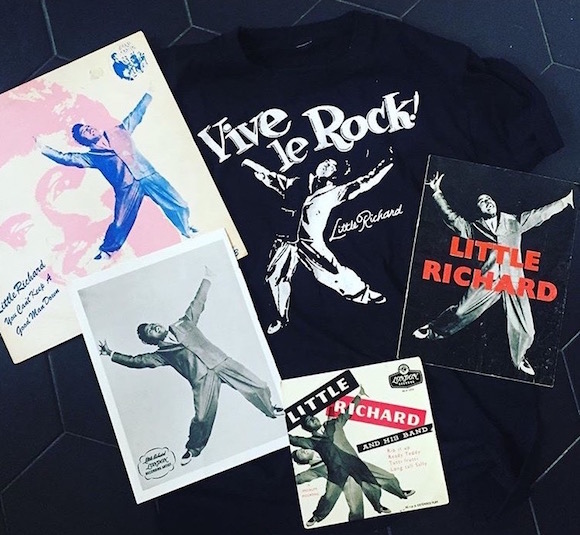
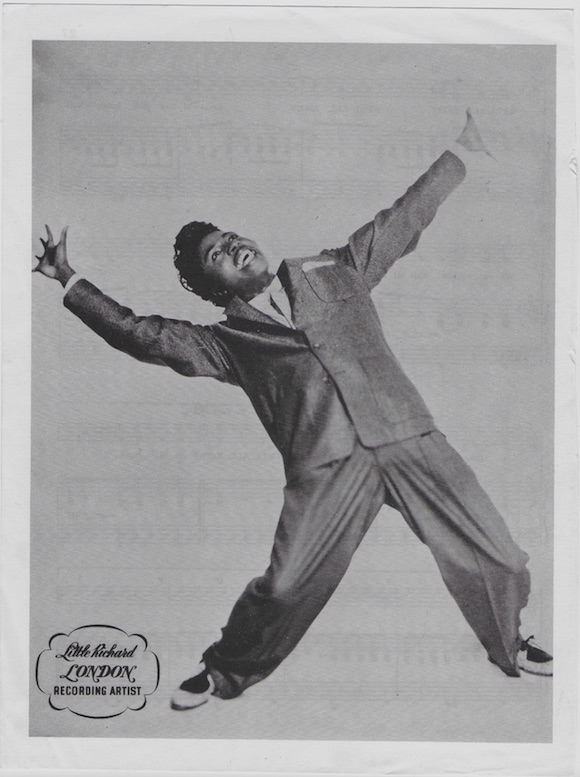

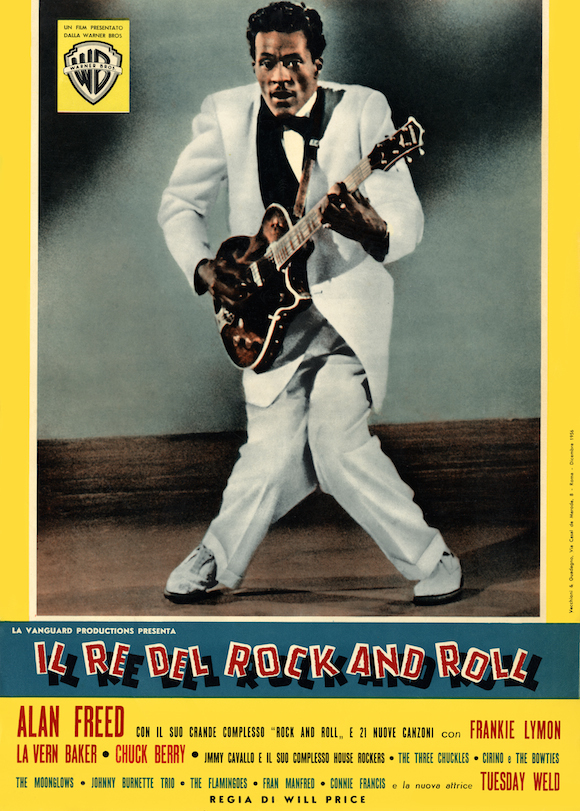
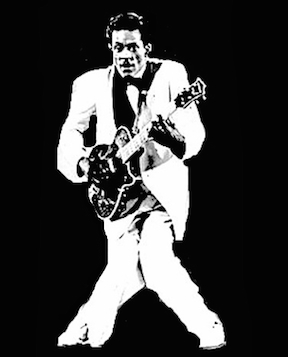
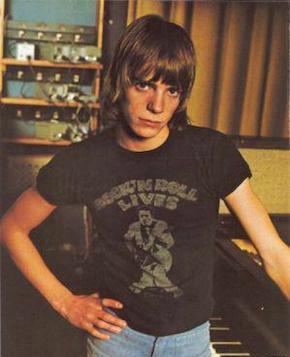
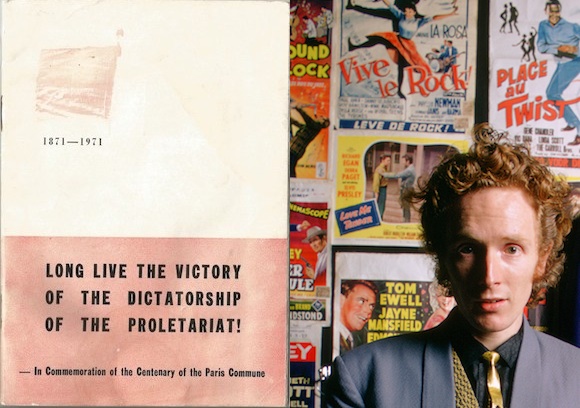
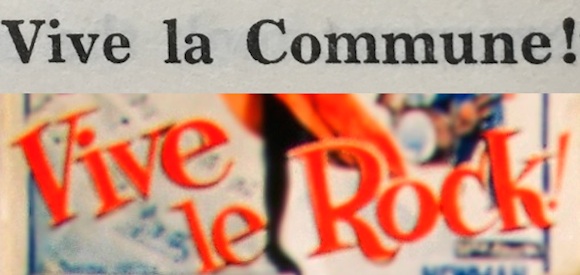

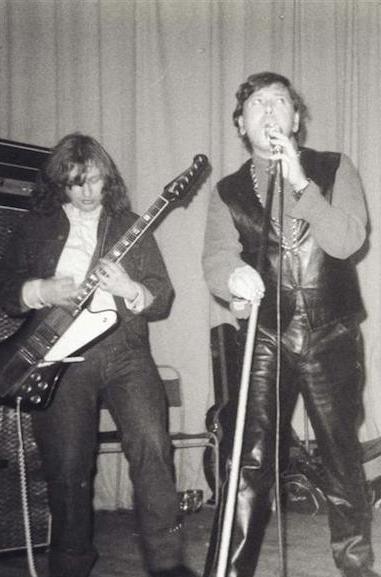


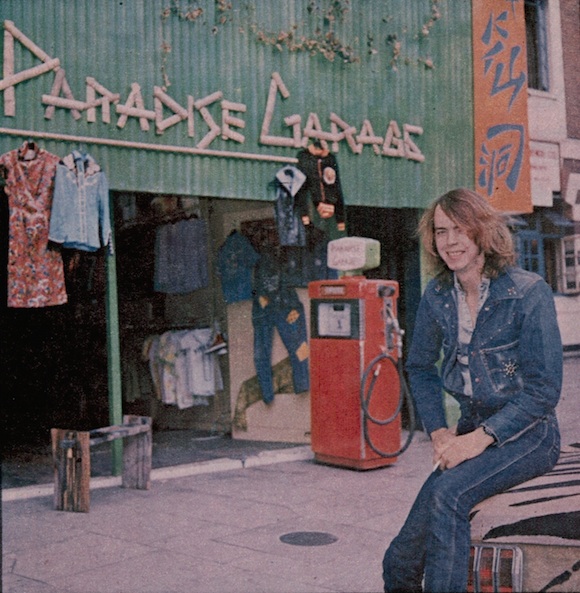
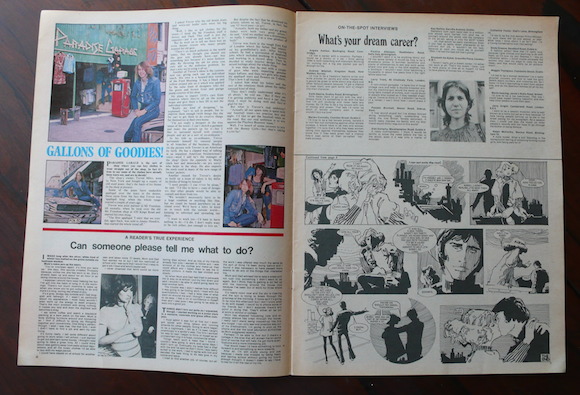
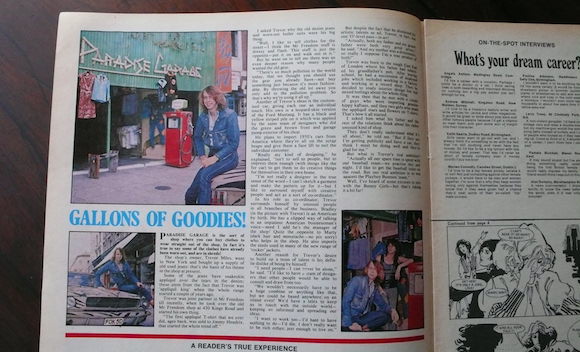
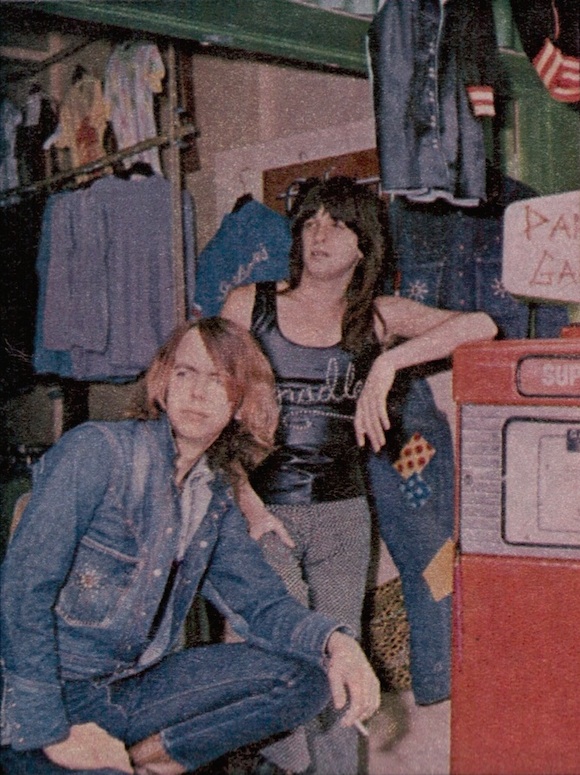
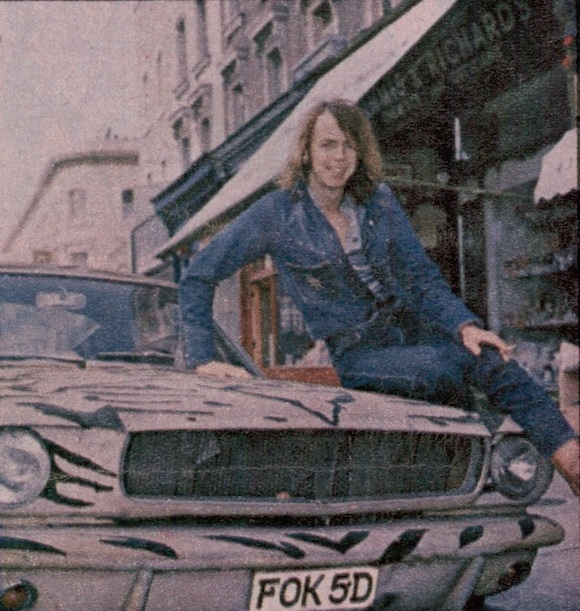


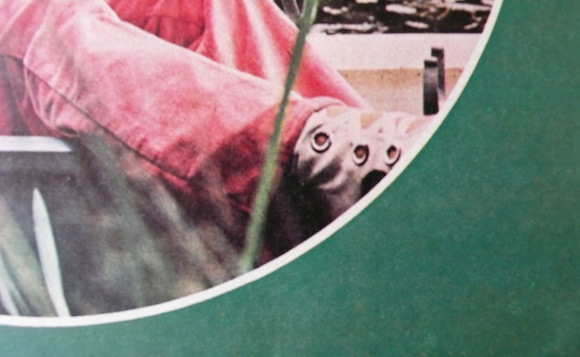
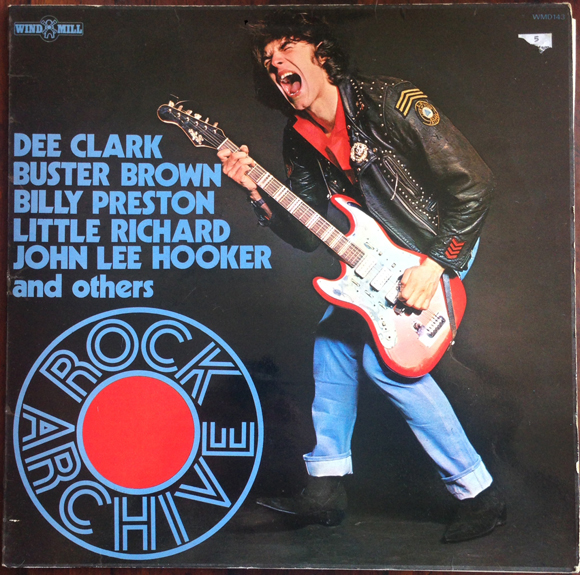
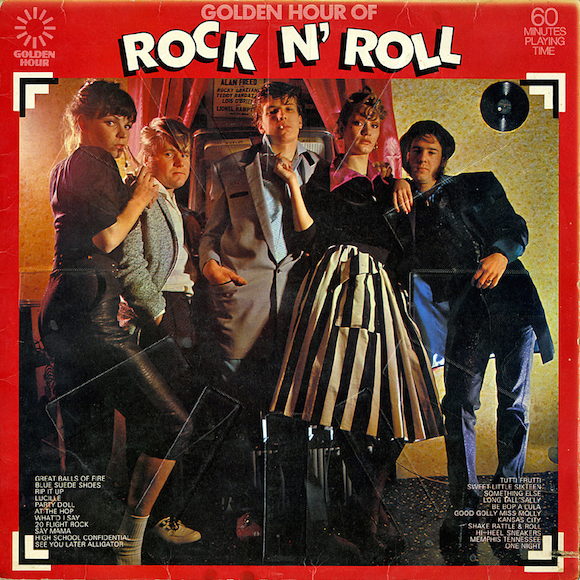
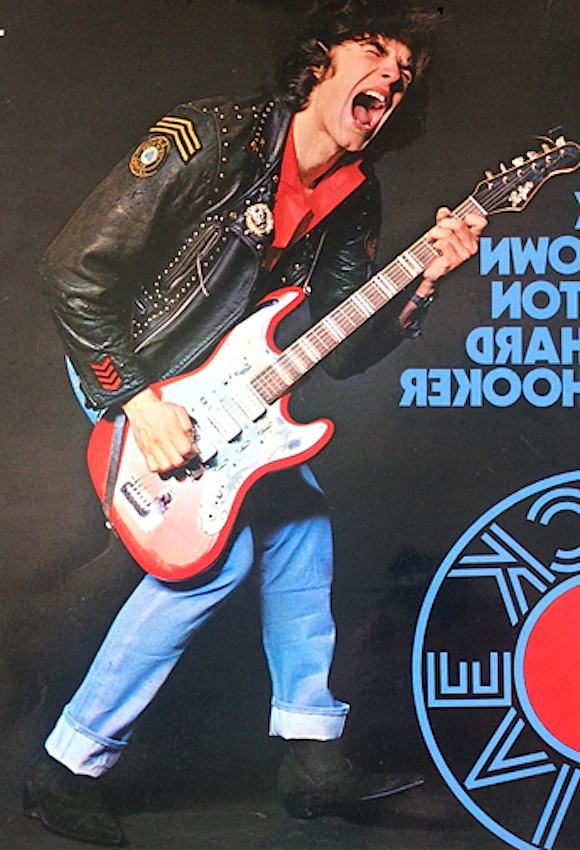
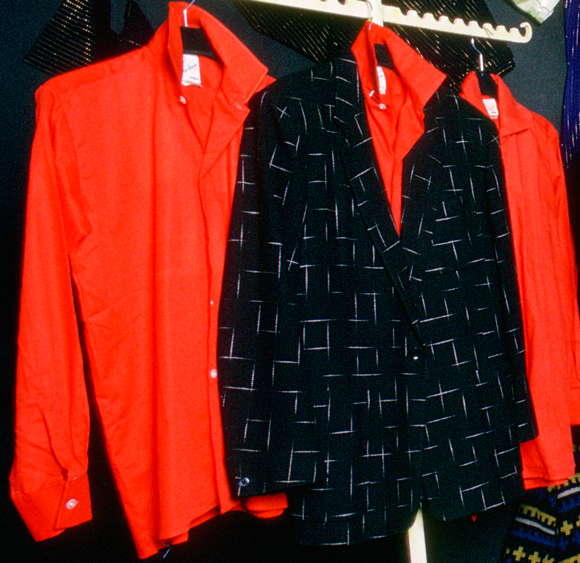
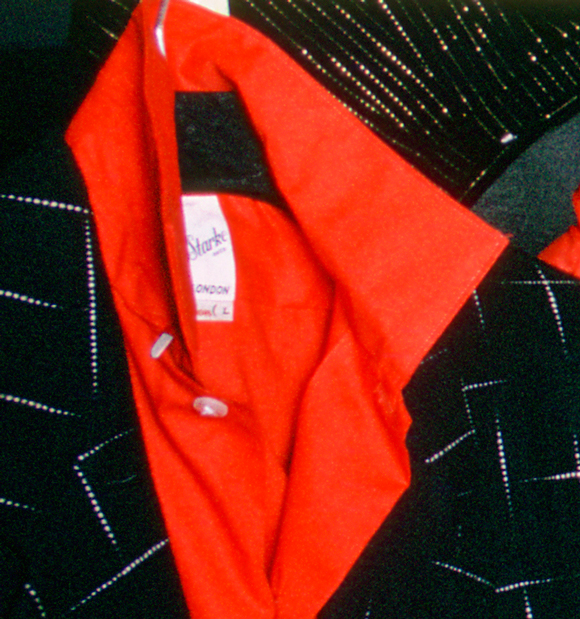
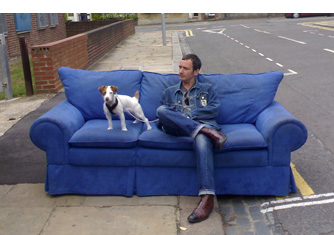






Recent Comments